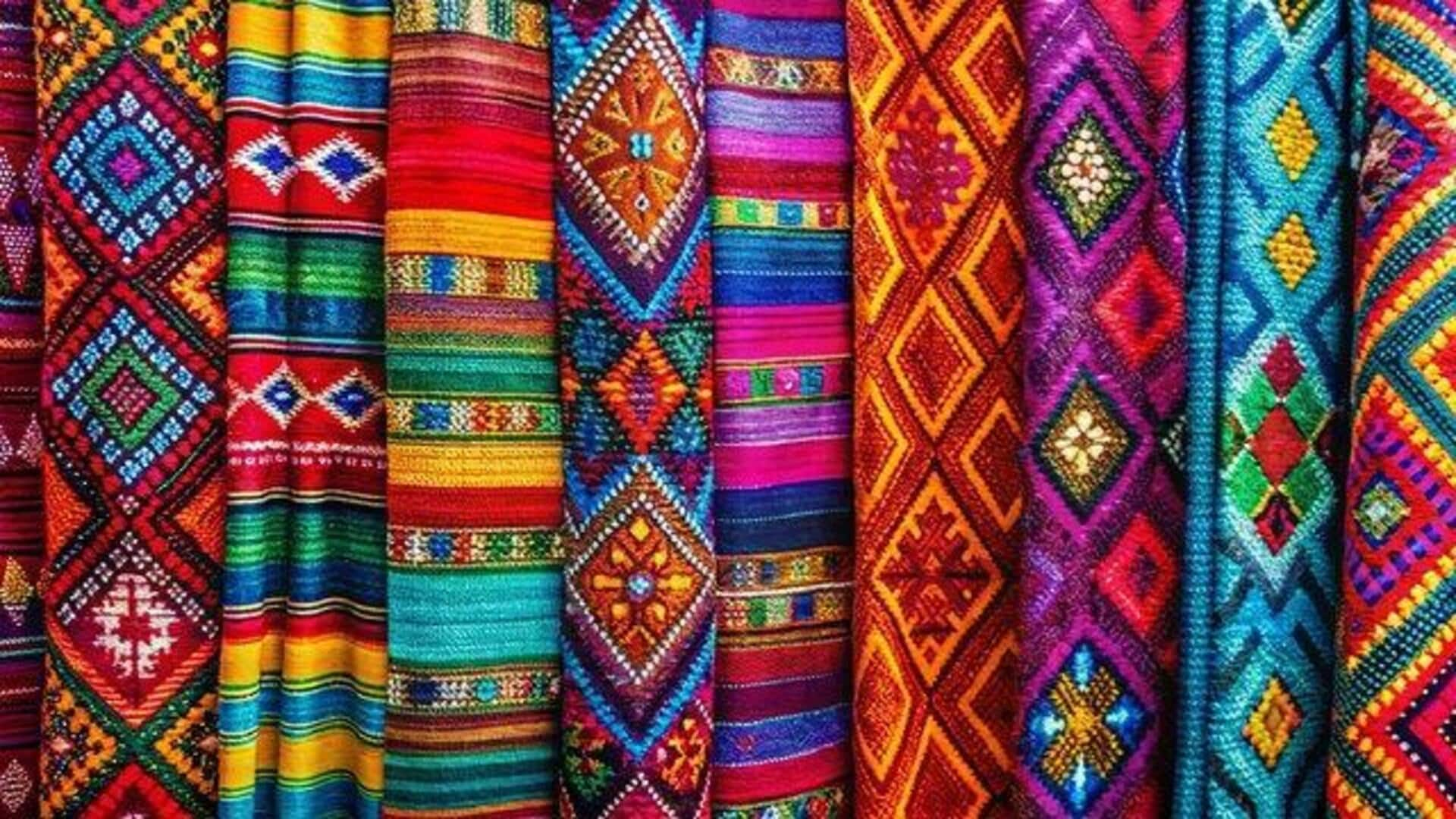
A beginner's guide to African embroidery
What's the story
African embroidery is a vibrant art form that reflects the continent's rich cultural heritage. It involves intricate patterns and designs, often telling stories or symbolizing significant aspects of life. This craft has been passed down through generations, showcasing the unique styles of different regions. Learning about African embroidery can offer insights into its historical significance and the techniques that make it distinct.
#1
Historical significance of African embroidery
African embroidery dates back centuries, serving as a means of communication and cultural expression. Each stitch and pattern often carries a specific meaning or tells a story about the community's history or beliefs. This art form was traditionally used in clothing, ceremonial attire, and household items, preserving cultural identity through generations.
#2
Techniques used in African embroidery
The techniques used in African embroidery vary from region to region but commonly include hand-stitching with colorful threads on fabric. Some popular methods include cross-stitching, chain stitching, and applique work. These techniques allow artisans to create detailed designs that are both visually appealing and culturally significant.
#3
Materials commonly used
Artisans use a variety of materials to create African embroidery. Cotton threads are commonly used for their durability and vibrant colors. Fabrics like cotton or silk serve as the base material because they are easy to work with and hold the stitches well. Beads or sequins may also be added for extra embellishment.
#4
Modern adaptations of traditional designs
In recent years, there has been a resurgence of interest in African embroidery as designers incorporate traditional motifs into modern fashion and home decor. This adaptation allows for the preservation of cultural heritage while appealing to contemporary tastes. It also provides artisans with new opportunities for creative expression and economic growth through global markets.